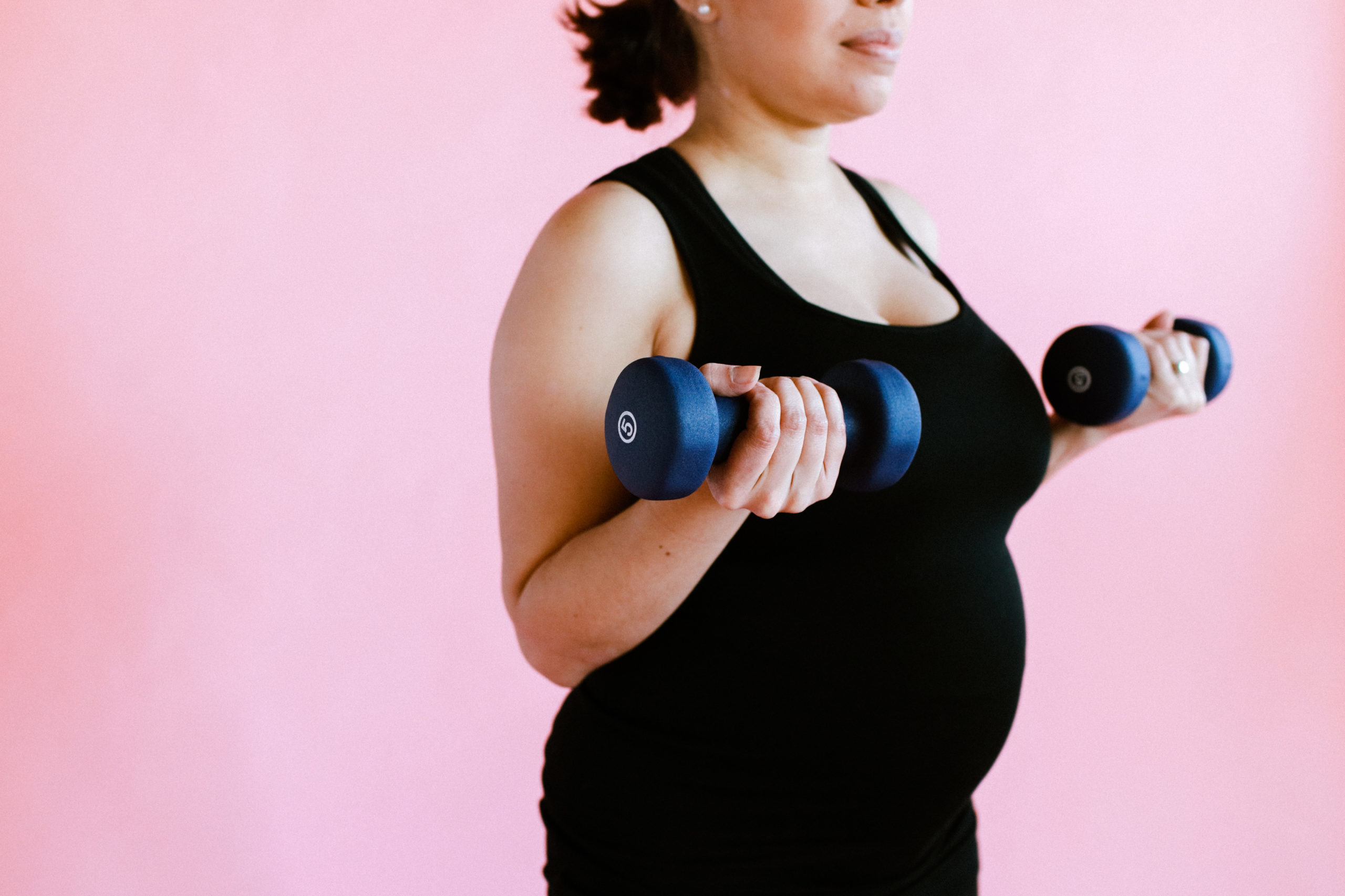Second Trimester Exercise: The Dos & Don’ts

Written by Lucelia Amorim
The second trimester of your pregnancy is a time when most of the changes in your body will appear and it’s also when it gets easier to exercise again. All those pregnancy symptoms from the first trimester are now less intense such as morning sickness and hormonal instability, your energy levels also go back up during this trimester. With that being said, now is the ideal time to engage in a new and safe exercise routine. Whether you had an exercise program before or are just getting started now, always listen to your body, build up gradually, and only do what feels comfortable.
Not sure how to get started with a safe prenatal exercise program? Here are the dos and don’ts of a safe prenatal exercise program and some tips on getting you started.
Do:
● Exercise moderately for at least 30 minutes regularly
● Warm up and cool down properly.
● Stay cool and drink plenty of water. Dehydration may lead to overheating which is dangerous for the fetus. Drink enough water before, during and after exercising.
● Wear comfortable clothes that don’t restrict your rib cage as you breathe.
● Adjust your expectations; pregnancy is not a time to go for personal bests.
● Gradually build your strength. Focus on your back, shoulders, chest, and lower body.
● Practice Kegel exercises regularly to promote strength of the pelvic floor muscles.
● Breathing is very important while exercising, especially when lifting weights.
● Make sure to protect your back when getting up from a lying position by rolling onto one side and sitting up using your legs.
● Avoid exercises that feel awkward or uncomfortable.
● To maintain your energy level up and prevent a decline of your blood sugar levels, eat small meals and snacks with frequency.
Don’t:
● Exercise in a hot or humid environment. Consider early-mornings or evenings to practice any fitness activity.
● Exercise to exhaustion. Make sure you can still carry on a conversation while you’re exercising and make sure to get an hour rest for every hour you spend exercising.
● Start or continue to exercise if you feel dizzy or lightheaded
● Do exercises that twist or rotate your abdomen.
● Lift weights that are too heavy.
● Hold your breath. Both mom and baby need a constant flow of oxygen, so holding your breath while exercising is never recommended during pregnancy.
● Do sports or activities where you risk falling, for instance, ice-skating, soccer, or skiing.
● Do excessive or bouncy stretches.
The pregnancy hormone relaxin can make you feel more flexible than you are. So, if something hurts, stop immediately. Pregnancy is a beautiful and sometimes challenging life event and by exercising you are increasing your body’s ability of dealing with the changes and demands of pregnancy. Exercise has proven to ease a few pregnancy discomforts such as nausea, back pain, swollen feet, and constipation. Also, evidence shows that increased fitness helps shorten labor and postpartum recovery time and lessens your overall anxiety and postpartum depression. However, before lacing up your sneakers, make sure to get the “green light” from your doctor to exercise.








Be the first to comment